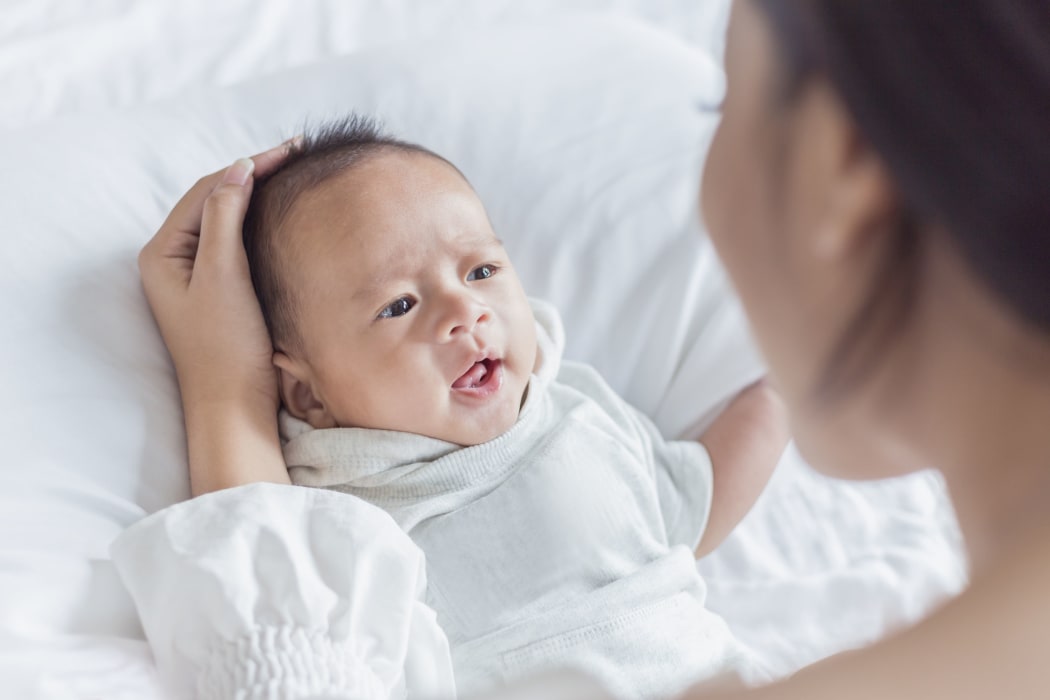The ability to imitate another person is the cornerstone of speech development, social skills and motor abilities so it's critical we see it getting underway in young children, says speech and language therapist Christian Wright.

Photo: 123RF
Babies usually start copying the actions of adults from around six months of age, at about ten months they will show delight at being imitated themselves. At around the age of one, they start to imitate gestures - just around the time their first words are emerging.
If by 18 months old, a child doesn't seem interested in copying gestures - such as waving, pointing and high-fiving - and also isn't babbling, that's a red flag for speech development problems, Christian says.
A child's 'gesture vocabulary' - the range of gestures they have at 18 months - has been shown as a predictor of their spoken word vocabulary at 3.5 years.
Imitation blossoms through face to face interaction, and it is a vehicle for your child learning how to show an interest in someone, how to show emotion, how to take a turn and how to pay attention, he says.
To support a child's imitation development, Christian recommends games like Peekaboo and Ah-Boom, which was developed by American speech therapist Laura Mize.
Songs like 'If You're Happy and You Know It' will help a child get better at clapping and playing with a balloon together can be helpful, too.
Focus on developing their imitation skills before working on language, he says.
"We want children to say words but if you don't know how to copy and you cant copy very well and you're not very accurate when you do it, words are just too complex."
Explore Christian Wright's earlier RNZ interviews here.

